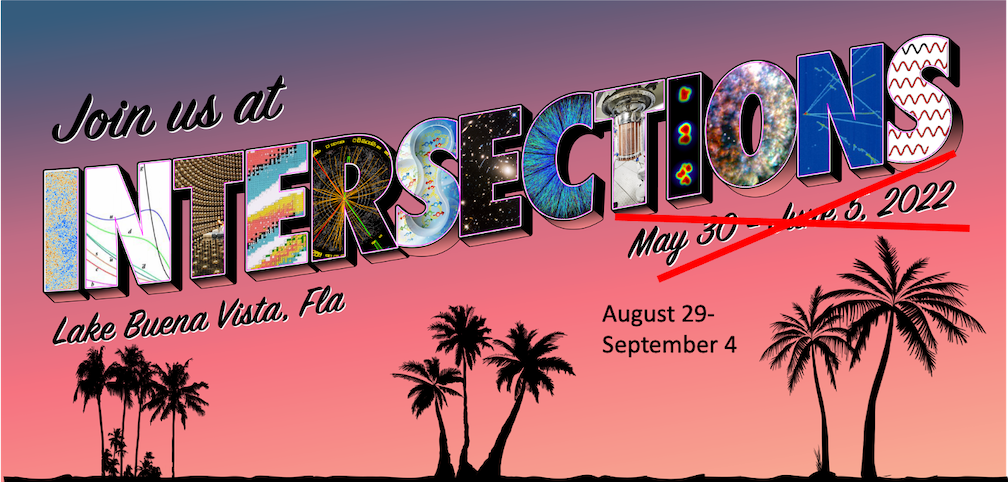Speaker
Description
The theory of “mirror matter” restores parity to the Standard Model of Particle Physics by hypothesizing a copy of the Standard Model particles and interactions with right-handed weak interactions. Since mirror matter would only rarely interact with normal matter, particles predicted by this theory could be one possible candidate for dark matter. A version of this theory with non-degenerate particle masses suggests that the $>4 \sigma$ discrepancy between the neutron lifetime $\tau_n$ measured in two ways, either counting by neutrons remaining in a trap or by counting decay products produced from a cold neutron beam, could be indicative of neutrons oscillating into their mirror neutron partners. In the event of a small mass difference $\Delta m$ between the normal and mirror neutron states, the strong magnetic field present in the most precise Beam Lifetime experiment could enhance the probability of oscillations and cause an apparent increase in the measured $\tau_n$. An experiment at the Spallation Neutron Source at Oak Ridge National Lab probed this theory by searching for the hypothesized disappearance and reappearance of neutrons passing through a B$_4$C absorber inside a magnetic field. Here we present new limits on neutron oscillations into non-degenerate mirror matter. We will also discuss further efforts to improve these limits and new searches for other models of $n$ oscillations at neutron scattering sources.

